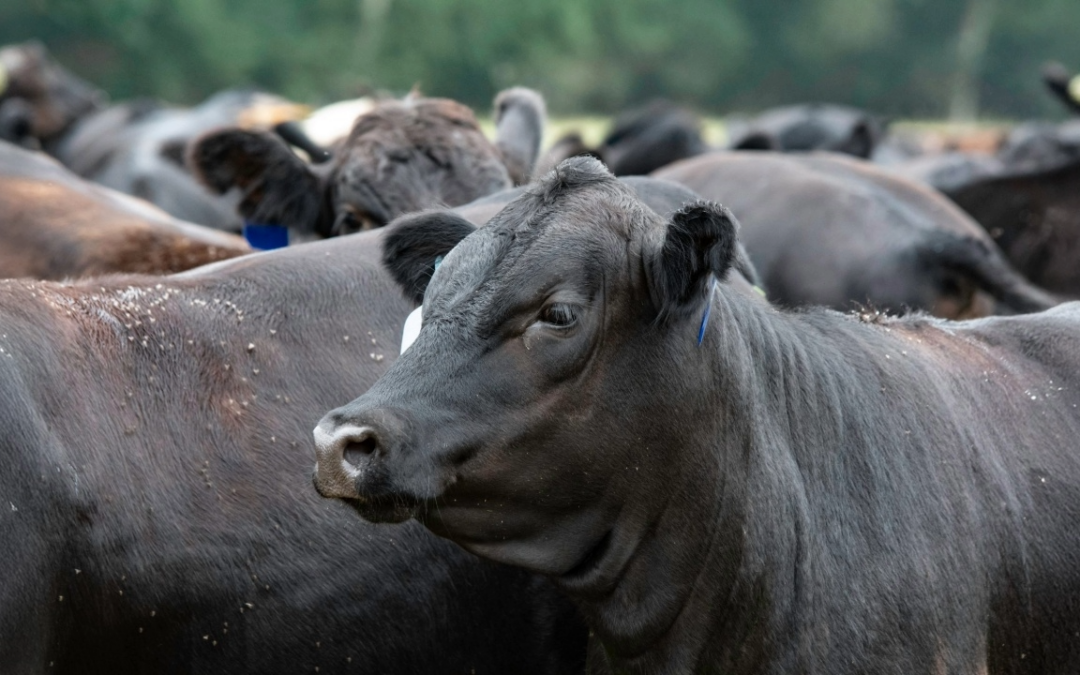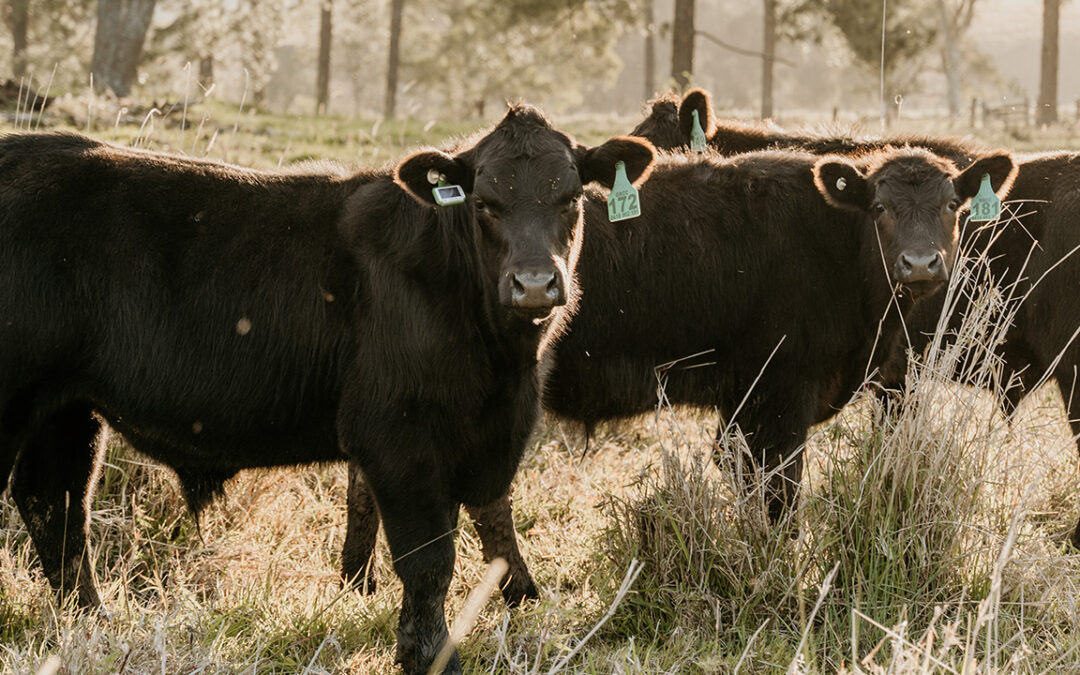By Paul Hollis
The seeds for Paul Dyce’s animal science research were planted early in his life, while working on the family farm in Ontario, Canada.
“I was raised on a beef cattle farm and was directly involved with developing our heifers,” says the assistant professor in the College of Agriculture’s Department of Animal Sciences. “It was always in the back of my mind that there had to be a better way of distinguishing between fertile and nonfertile heifers. I kept thinking about this even as I went away to school and completed a degree in molecular biology.”
Fast-forward to Auburn University, where Dyce is conducting the research he envisioned, working to develop a relatively noninvasive test that can be used early in the production process to distinguish a fertile heifer from an infertile heifer.
His is one of 15 research projects that have been awarded grants through the Alabama Agricultural Experiment Station’s new Production Agriculture Research program, one that’s focused on finding timely solutions to current production problems that are limiting farmers’ profitability.
Once Dyce develops and releases the testing tool, it could save cow-calf producers millions of dollars a year in a $2.5 billion industry that ranks second statewide only to broilers in cash receipts.
A key to Dyce’s work has been recognizing the applicability of an emerging new technology—metabolomics—to the field of animal science. Metabolomics is the large-scale study of small molecules, commonly known as metabolites, found within cells, biofluids or tissues. Collectively, these small molecules and their interactions within a biological system are known as the metabolome.
“Within the medical field, they’ve made great progress on identifying a lot of difficult-to-identify human disorders using metabolomics,” he said. “One of those disorders is male infertility, which has always been a difficult one to pin down because so many factors play a role in it. It’s not an easily definable disorder, but the information coming from these medical studies is amazing.”
In his newly funded research project, Dyce will use metabolomics to develop a screening method that can identify highly reproductive heifers before they enter the breeding colony.
“This technology could lead to a noninvasive blood test for heifer fertility and has the potential to improve production efficiencies for cow-calf producers,” he said.
The ability to identify heifers with a high reproductive potential for recruitment into the breeding stock is one of the keys to profitable cattle production, he said. Due to a lack of informative biomarkers, replacement heifers are selected today based on observable physical characteristics or traits along with their genetic background. But these methods can be inefficient.
“A significant proportion of our heifers remain ‘open,’ or not bred, contributing to a loss in production efficiency,” Dyce said. “For producers, heifers represent a major investment, with some requiring financial support for up to three years prior to contributing to the herd.”
There is also the lost opportunity cost of not selling heifers at weaning, along with the feed costs prior to breeding. The added wintering cost to bring a heifer into the breeding season is estimated at $321 per head, with an additional $129 required to get from breeding to pregnancy check.
Assuming most of the heifers are being retained and half the calves are heifers—with 15 percent remaining not bred—the cost to Alabama cattle producers is estimated at more than $20 million annually in lost productivity, not counting lost time and associated labor costs.
Through his work at outlying AAES research centers, Dyce has been able to clearly identify heifers that are not going to get pregnant under traditional means and compare them with animals that easily become pregnant.
“We’re looking at the two extremes, and now I want to find out if there’s something in the metabolome of the blood that can distinguish them,” he said. “If there is a way to identify in the blood which animal has good fertility and which one has poor fertility, it would save all of the inputs required to get animals up to speed.”
His next step is to determine whether there is a molecular marker at weaning that will foretell a heifer’s reproductive performance at breeding. The goal at the completion of the project, Dyce said, will be to produce databases of metabolites in heifer blood plasma.
“These metabolomes can be compared between heifers that are impregnated through artificial insemination and those failing to become pregnant,” he said. “Significant differences in specific metabolites between the two groups will allow the production of bioassays or metabolomic profiles identifying heifers with high reproductive potential.”
“Ultimately, we would like to identify several biomarkers that can be readily measured with a single blood sample taken by the producer at the time of weaning,” Dyce said. “The ability to minimize the input costs associated with breeder replacements and improve cattle productivity will provide a significant competitive advantage to the Alabama cattle industry.”




